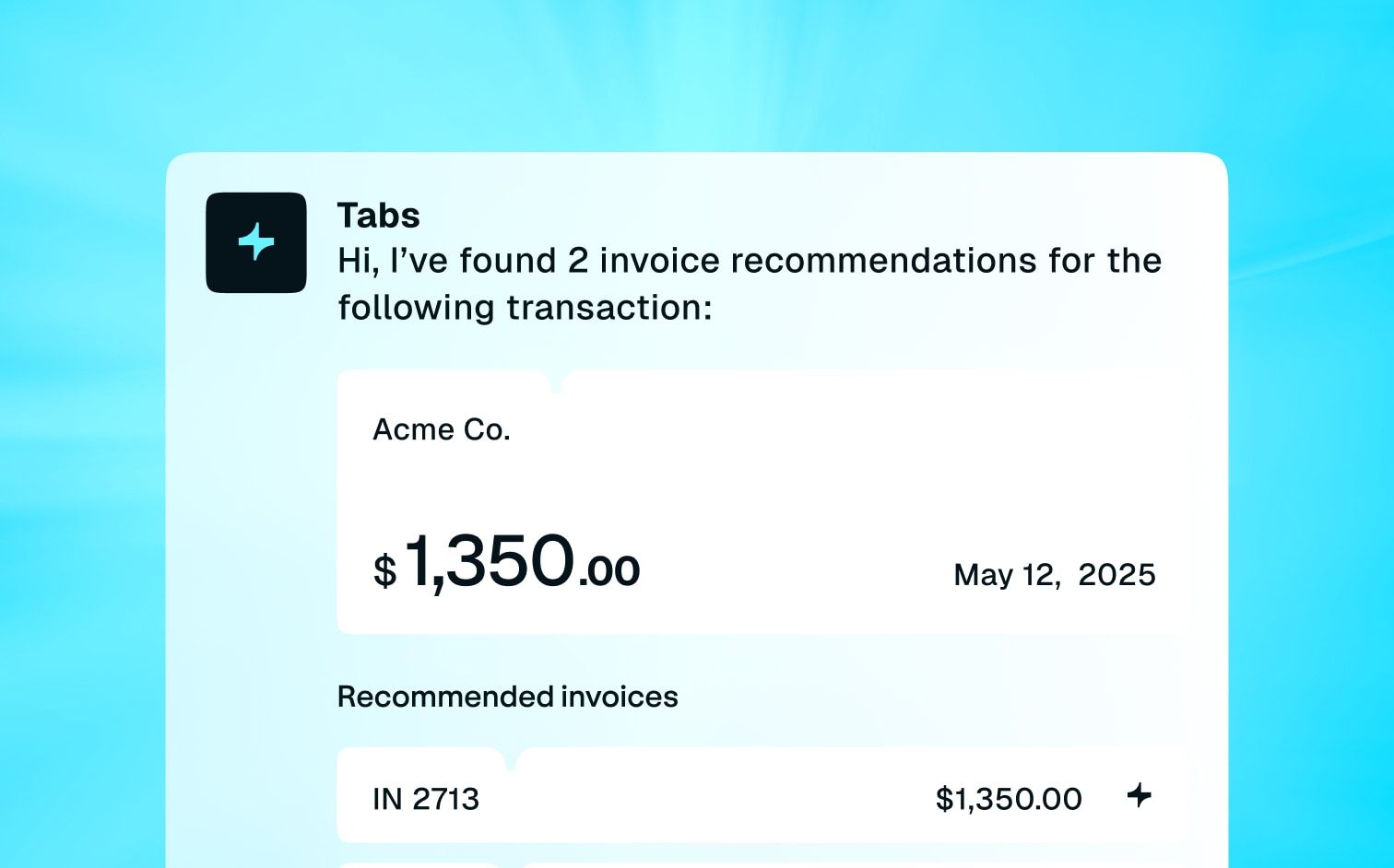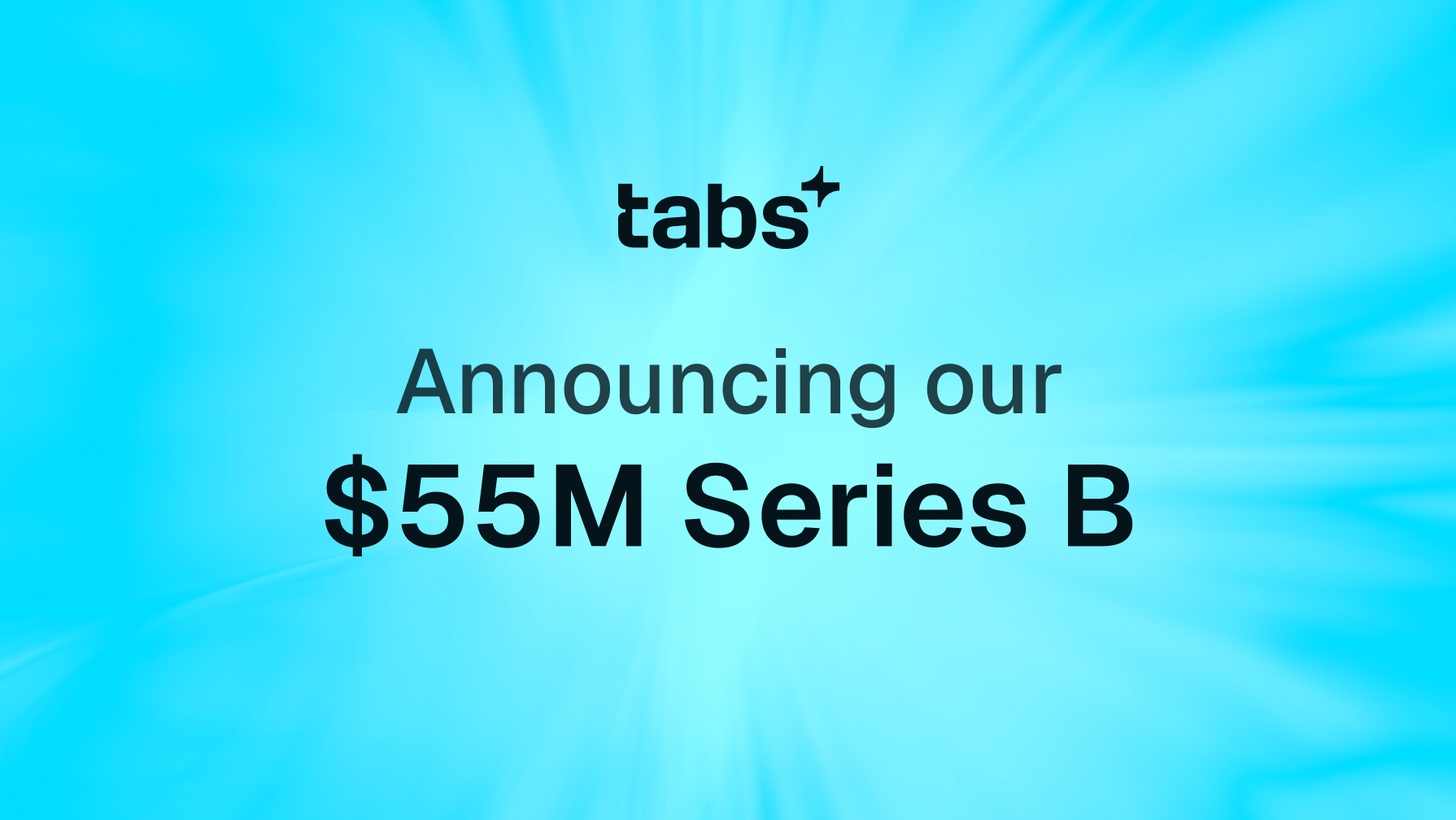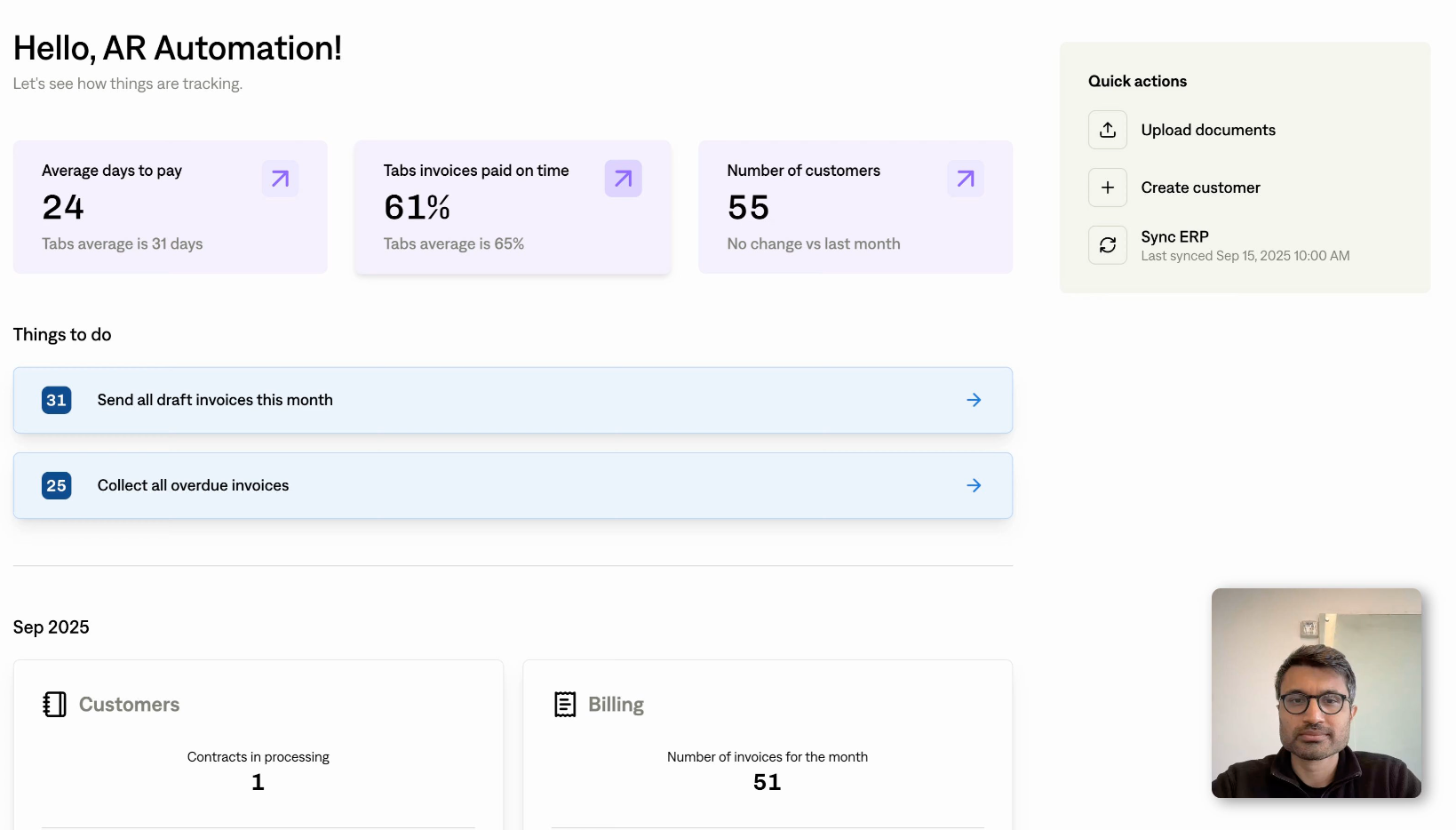Recurring payment processing can feel like a complex puzzle, especially if you're new to the world of subscriptions. But with the right guidance, it can become a powerful tool for growing your business and building lasting customer relationships. This post provides a comprehensive overview of recurring payment processing, breaking down the essential elements and offering practical tips for implementation and optimization.
We'll explore how automated billing works, discuss the advantages of recurring payments for both businesses and customers, and address common challenges like managing subscription changes and resolving customer disputes. Consider this your go-to resource for navigating the world of recurring billing.
Key Takeaways
- Automated recurring billing streamlines payments, providing predictable revenue and simplifying financial operations. Choose a system that integrates with your existing tools and offers flexibility for various subscription models.
- Clear communication and flexible payment options are crucial for a positive customer experience. Proactive reminders, diverse payment methods, and responsive support build trust and reduce friction.
- Regularly analyze key metrics like churn rate and customer lifetime value to optimize your recurring revenue strategy. Adapting to evolving customer preferences and staying informed about industry trends ensures long-term success.
What is Recurring Payment Processing?
Recurring payment processing automates collecting recurring customer payments. Subscription boxes, streaming services, or gym memberships all use recurring billing. This system benefits both businesses and customers. Businesses get predictable income, and customers don't have to remember due dates.
Recurring payments, also known as subscription payments, are automatic charges to a customer's account at regular intervals. This eliminates manual invoicing and payment reminders, creating a seamless and efficient process.
How Automated Billing Works
A recurring billing system automates every aspect of recurring relationships. This includes everything from charging customers regularly to retrying failed payments at the optimal time. With the right recurring billing software, like Tabs, you can streamline these processes and free up your team to focus on other essential tasks.
Implementing recurring payment processing is straightforward with the right platform and payment processor. Look for a system that integrates seamlessly with your existing business tools and offers the flexibility you need to manage various subscription models.
Key System Components
Setting up a system for managing recurring payments requires the right technology. You need a system that complies with regulations and aligns with your business model and customer expectations. This includes choosing a payment gateway, setting up a recurring billing schedule, and establishing clear communication with your customers.
Choosing the right payment processor is crucial. Look for one that is PCI compliant, offers flexible payment methods, provides robust reporting and analytics, has reliable customer support, and integrates with other business systems. Tabs Platform offers these features and more, allowing you to manage your recurring billing with ease and confidence.
Consider features like automated invoicing, revenue recognition, and detailed reporting when selecting your platform. These tools can significantly impact your ability to manage and grow your recurring revenue. You can even use AI to extract key contract terms to further automate your processes.
How Recurring Payments Benefit Businesses
Recurring billing offers a wealth of advantages, streamlining financial operations and fostering stronger customer relationships. Let's explore some key benefits:
Predict Revenue and Improve Cash Flow
Steady, predictable revenue is the cornerstone of any successful business. Recurring payments transform unpredictable income streams into consistent cash flow, making financial forecasting significantly more accurate. This predictability empowers you to make informed decisions about investments, expansions, and overall business strategy. Effective recurring payment processing improves cash flow predictability and minimizes administrative tasks.
This stability also simplifies budgeting and allows you to allocate resources more efficiently. Plus, with payments automated, you'll see a decrease in late payments, further enhancing your cash flow. This model leads to cost savings and improved cash flow for businesses. With consistent revenue streams, you can confidently invest in growth initiatives and scale your operations.
Increase Customer Retention and Convenience
Recurring payments aren't just beneficial for businesses; they also create a more convenient experience for customers. Automated billing eliminates the hassle of manual payments, reducing friction and making it easier for customers to continue using your services. This ease of use translates directly into increased customer retention. When customers don't have to think about making a payment each month, they're more likely to stay subscribed.
Recurring payments offer convenience for customers and predictable income for businesses. Building this kind of seamless experience fosters customer loyalty and reduces churn. Happy customers are loyal customers, and recurring billing keeps them satisfied.
Reduce Administrative Work
Manual billing processes are time-consuming and prone to errors. Recurring payments automate these tasks, freeing up valuable time and resources. Automating payments reduces the administrative burden, allowing your team to focus on higher-value activities, like product development, customer service, and strategic planning.
Think about the time generating invoices, tracking payments, and sending reminders takes—automate this with the right billing system.
Implementing a recurring payment system is relatively straightforward with the right tools. This efficiency not only saves time but also reduces the risk of errors and improves overall accuracy.
Tabs can further streamline your operations with features like automated complex invoicing and support for various payment types. We also offer robust reporting for your finance team, simplifying revenue recognition and providing valuable insights. You can even use AI to extract key contract terms, further automating your workflow.
Choose the Right Recurring Payment System
Picking the right recurring payment system is crucial for any business relying on subscriptions or recurring revenue. As the backbone of your revenue operations, it impacts everything from customer relationships to financial forecasting. A smart choice can streamline your finances and free up your team to focus on growth, while the wrong one can create unnecessary headaches.
Essential Features
First, consider your must-have features with the following questions: What's your transaction volume? Where are your customers located? What types of products or services do you offer? Your recurring payment processing system needs to align with these core business aspects.
If you sell internationally, you'll need a system supporting multiple currencies and payment methods. If you have high transaction volume, you'll need a system that can handle the load.
Don't underestimate the importance of the customer experience.
A smooth checkout is essential for reducing cart abandonment. Look for features like automated invoicing, flexible payment schedules, and clear payment confirmations. Tabs offers robust automated invoicing designed to handle complex billing scenarios.
Integrations and Scale
Your recurring billing system needs to integrate with your other business tools, like your CRM, accounting software, and reporting dashboards. Seamless integrations save time and reduce errors by automating data transfer between systems.
Choose a system that can scale with you. A pre-built billing solution offers the flexibility and scalability to adapt as your business grows, saving you the hassle of switching systems later. Tabs' integrations connect your existing financial applications all in one place.
Security and Compliance
Security and compliance are non-negotiable when handling sensitive customer payment information. Choose a PCI compliant payment processor that adheres to industry best practices for data security. Look for features like encryption, fraud prevention tools, and secure data storage.
Protecting customer data builds trust and maintains a positive reputation. Offer customers flexibility with a system supporting a variety of payment types. Tabs supports various payment types, enhancing the customer experience.
Consider the provider's customer support. When issues arise, you need responsive and knowledgeable support. A reliable system with excellent customer support minimizes disruptions. Tabs simplifies revenue recognition, ensuring compliance and accurate financial reporting, especially helpful for businesses with complex revenue streams.
Implement Recurring Payment Processing Effectively
Successfully implementing recurring payments involves careful planning and execution. Implementation is not just automation, but also building a system that fosters customer trust and optimizes your revenue streams. This section breaks down the key steps to get you started.
Set Up Your Payment Schedule
A well-defined payment schedule is the backbone of any recurring billing system. Before a customer commits, establish clear terms. This includes the payment amount, the frequency (weekly, monthly, annually), and the payment method. Clearly outlining these details upfront prevents confusion and sets the stage for a smooth, ongoing billing relationship.
Recurring payments streamline business operations by automating payments for ongoing products or services. Thus, establishing a clear schedule is essential. Consider offering different payment frequencies to cater to various customer preferences and product/service offerings. Flexibility here can significantly improve your conversion rates.
Configure Payment Options
Offering a variety of payment options is crucial for a positive customer experience. When selecting a payment processor, ensure it's PCI compliant and offers flexibility in payment methods. To accommodate a wider customer base, consider integrating digital wallets, ACH transfers, and other relevant payment methods.
Also, choose a system that offers strong reporting and analytics. It should have dependable customer support and integrate smoothly with your other business systems. When making your decision, consider factors like processing fees, integration options, security, system reliability, and customer experience.
Choosing the right recurring payment system from the start will save you headaches down the line. Tabs offers flexible options to automate complex invoicing and support any payment type, simplifying this process for your business.
Communicate Terms Clearly
Transparency is paramount in recurring billing. Clearly written payment terms are essential for a healthy customer relationship. These terms form the contractual agreement between your business and your customer, outlining all the details of the recurring transactions.
Ensure your terms and conditions are easily accessible and understandable. Avoid complex legal jargon and opt for clear, concise language that outlines exactly what customers are agreeing to. Regularly review and update your payment schedule and terms as your business evolves.
This proactive approach helps maintain clarity and ensures your billing practices remain aligned with your offerings and customer expectations. Open communication builds trust and reduces the likelihood of disputes. Remember, a satisfied customer is more likely to remain a loyal subscriber. For more insights on managing payment terms effectively, check out this helpful resource.
Optimize Your Recurring Payment Strategy
Once you’ve implemented recurring billing, the work doesn’t stop there. Regularly optimizing your strategy is key to maximizing revenue and keeping customers happy. This means using data to understand what’s working, personalizing the payment experience, and closely monitoring performance.
Use Data to Make Decisions
Your recurring billing system is a goldmine of data. Use this information to make informed decisions about your strategy. Analyze key metrics like customer lifetime value (CLTV), churn rate, and average revenue per user (ARPU) to understand your strengths and weaknesses. For example, a high churn rate coupled with a low CLTV might indicate problems with your pricing or service.
Robust reporting tools can give you a holistic view of your business performance. This allows you to identify areas for improvement and make data-driven decisions. This data-driven approach ensures you’re constantly refining your recurring payment process for optimal results.
Personalize the Payment Experience
A personalized payment experience is crucial for reducing churn and building customer loyalty. Offering multiple payment methods, like credit cards, debit cards, and digital wallets, caters to diverse preferences. Flexible payment options empower customers to choose what works best for them, increasing their comfort and commitment.
Clear communication is also essential. Before a customer commits to recurring payments, clearly outline the terms, including the amount, frequency, and payment method. This transparency builds trust and reduces the likelihood of disputes down the road. Consider offering customized payment schedules or discounts for long-term subscribers to further enhance the customer experience.
Track Key Metrics
Monitoring key performance indicators (KPIs) is essential for a healthy recurring payment system. Track metrics like transaction success rates, authorization rates, and chargeback ratios. A sudden drop in authorization rates, for example, could signal a problem with your payment gateway. By closely watching these metrics, you can quickly spot and fix any problems in your payment processes.
Automated tools can simplify this process, providing real-time insights into your payment performance. This proactive approach helps maintain a smooth and efficient recurring payment system, minimizing disruptions and maximizing revenue. Regularly checking these metrics will help you spot potential problems. This will also ensure the long-term health of your recurring revenue.
Overcome Common Recurring Payment Challenges
Recurring billing, while convenient, still has problems—cards expire, transactions fail, and sometimes customers change their minds. Tackling these common challenges directly is important for keeping a steady revenue stream and ensuring customer satisfaction.
Handle Failed Transactions and Expired Cards
Failed transactions and expired cards can disrupt your cash flow and frustrate your customers. A robust recurring payment system, like Tabs, offers features to mitigate these issues. Automated retries with dunning management are essential. This involves systematically retrying failed payments at different intervals, increasing the likelihood of successful collection without annoying your customers.
Clear communication is also crucial. Automatic email notifications to customers about failed payments, along with easy-to-use self-service portals for updating payment information, can significantly reduce churn. Choosing the right platform and payment processor simplifies this process, allowing you to focus on your core business.
Effective recurring payment processing improves cash flow predictability and customer retention, while minimizing administrative tasks. Tabs offers robust reporting features to help you track these metrics and identify areas for improvement.
Manage Subscription Changes and Cancellations
Customers may want to upgrade, downgrade, pause, or cancel their subscriptions. Providing a seamless and user-friendly experience for managing these changes is crucial for customer satisfaction. A self-service portal lets customers easily change their subscriptions. This empowers them and lightens the load on your support team.
Clear communication upfront about subscription terms and cancellation policies builds trust and manages expectations. Offering flexible payment options and automating processes further streamlines the management of subscription changes, contributing to higher retention rates. Tabs allows for flexible subscription management, empowering your customers and simplifying your operations.
Resolve Customer Disputes
Disputes, while unavoidable, can be managed effectively with the right approach. A clear understanding of the root causes of disputes is the first step.
This often involves analyzing customer behavior and identifying potential pain points in the payment process. Proactive communication is key. Reaching out to customers who have filed disputes and working towards a resolution demonstrates your commitment to customer satisfaction.
A well-defined dispute resolution process, coupled with robust tools like those offered by Tabs, can help minimize the impact of disputes on your business and maintain positive customer relationships. Remember, effective dispute management goes beyond simply resolving the immediate issue. Success relies on building trust and fostering long-term loyalty.
Leveraging AI-powered contract analysis can help identify potential dispute areas early on, and automated invoicing can reduce billing errors that often lead to disputes. Tabs provides the tools you need to manage the entire lifecycle of recurring billing, from initial signup to dispute resolution.
Best Practices for Customer Communication
Excellent customer communication is crucial for successful recurring payment processing. When customers understand their billing cycles and feel supported, it builds trust and reduces friction. Here’s how to get it right:
Define Clear Payment Terms
Before a customer commits to recurring payments, establish crystal-clear terms. This should include the amount they'll be charged, the frequency of the charges (weekly, monthly, annually), and the payment methods you accept. Clearly outlining these details upfront—like using clear terms on your invoices—prevents confusion and potential disputes.
Think of it as setting expectations from the start, so everyone is on the same page. This also helps customers align their payment schedules with their own budgeting. With Tabs, you can automate complex invoicing and support any payment type to ensure clarity and flexibility for your customers.
Implement Reminders
While automated billing handles the payments themselves, proactive reminders can significantly improve the customer experience. Consider sending friendly email or SMS reminders a few days before an upcoming payment. This lets customers be proactive. It helps them fix any problems, like updating their payment info if their card has expired.
Regularly reviewing your payment schedule and automating these reminders helps reduce the likelihood of failed payments. Robust reporting on key metrics can also help you identify potential issues before they impact your customers.
Provide Responsive Support
Inevitably, some customers will have questions or encounter problems. Offering prompt and helpful support is essential. Make sure you have accessible channels for customers to reach you, whether it's email, phone, or chat.
When handling billing disputes, try to understand the main issue. Work towards a solution that helps both you and the customer.
Proactive monitoring can help stop future problems. A clear chargeback management strategy is important for controlling disputes. Remember, a positive support experience can turn a potentially negative situation into an opportunity to strengthen customer relationships. Using Tabs to simplify revenue recognition can also minimize discrepancies and contribute to a smoother customer experience.
The Future of Recurring Payments
The recurring payments landscape is constantly evolving. To stay ahead and ensure your business thrives, you need to understand and adapt to emerging trends. This means embracing subscription models, leveraging new payment technologies, and staying informed about regulatory changes.
Adapt to Subscription Models
Subscription-based businesses are gaining traction across diverse industries. From software and streaming services to meal kits and fitness classes, the subscription model provides steady income. It also helps build lasting customer relationships. Recurring payments facilitate the automatic exchange of goods or services for regular payments.
This agreement between customer and business simplifies billing and ensures a steady revenue stream. As more businesses adopt this model, understanding recurring billing becomes crucial.
Leverage Mobile Wallets and Digital Payments
Consumer preferences are rapidly shifting toward digital and mobile payment options. Think mobile wallets like Apple Pay and Google Pay, "buy now, pay later" services, and even cryptocurrency transactions. These methods offer convenience and speed, and customers increasingly expect businesses to offer them.
Integrating these options into your recurring payment system improves the customer experience and streamlines checkout.
Stay Compliant with Regulations
The financial technology landscape is subject to evolving regulations, especially around data security and privacy. Staying compliant isn't just a legal requirement—it's crucial for maintaining customer trust. Understanding key financial metrics, such as net margin, helps payment processing companies assess their profitability within the context of these regulations.
Resources like Visible Alpha offer valuable insights into industry KPIs and the financial implications of regulatory compliance. Prioritizing compliance and transparency builds a sustainable and trustworthy business.
Ensure Long-Term Success with Recurring Payments
Recurring billing isn't a set-it-and-forget-it system. To truly maximize its potential and ensure long-term success, ongoing monitoring, optimization, and adaptation are key. Think of your recurring revenue strategy as a living, breathing part of your business that requires regular check-ups and adjustments.
Monitor and Optimize Continuously
Once you’ve implemented recurring payments, the real work begins. Regularly review key performance indicators (KPIs) like churn rate, average transaction value, and customer lifetime value. A robust billing solution, like Tabs, provides detailed reports on key metrics so you can identify areas for improvement.
Choosing the right platform and payment processor makes implementing and managing recurring payments much easier. Optimize your strategy rather than administrative tasks.
Regularly analyze your data to understand what’s working and what’s not. Are there specific points in the customer lifecycle where you see a drop-off? Is a particular payment method causing a higher rate of failed transactions? Use these insights to refine your processes and maximize your revenue.
Build Trust Through Transparency
Transparency is the bedrock of any successful recurring revenue model. Customers value honesty and clarity, especially regarding their finances. Before a customer commits to recurring billing, clearly outline the terms of the agreement. Customers should understand the amount, frequency, and payment method.
FasterCapital emphasizes the importance of clear upfront terms for recurring revenue success. Provide easy access to account information and billing history and proactively communicate any changes or updates. Maintaining transparent communication and offering flexible payment options builds trust and fosters long-term customer relationships. This open communication not only reduces customer disputes but also strengthens their confidence in your business.
Adapt to Changing Preferences
The world of payments is constantly evolving. New technologies, changing consumer behaviors, and emerging regulations require businesses to stay agile and adaptable. Keep an eye on industry trends and be open to exploring new payment methods and technologies. Consumer demand is driving changes in payment services, pushing for greater flexibility and freedom.
With the rise of mobile wallets and the popularity of Buy Now, Pay Later options, adjust your strategy. Be ready to meet changing customer expectations. Adapting to changing preferences is crucial for minimizing churn and maximizing customer retention.
Staying updated on these changes allows you to keep your recurring revenue model effective. Being responsive will help you stay competitive over time.
Related Articles
Frequently Asked Questions
What's the main difference between recurring billing and sending invoices manually?
Recurring billing automates the entire payment process, from charging customers at regular intervals to handling retries for failed payments. Manual invoicing requires you to send invoices and track payments individually, which is time-consuming and prone to errors. Recurring billing simplifies things for both you and your customers.
How can I improve customer retention with recurring payments?
The convenience of automated payments is a significant factor in customer retention. People are more likely to stick with a service when they don't have to think about paying each time. Offering flexible payment options and clear communication about billing also helps build trust and reduces churn.
What should I look for when choosing a recurring payment system?
Key features to consider include:
- Support for various payment methods
- Robust reporting and analytics
- Seamless integrations with your existing tools (like your CRM and accounting software)
- Strong security measures
The ability to scale is also important—you want a system that can grow with your business.
What are some common challenges with recurring payments, and how can I address them?
Failed transactions and expired cards are common issues. A good recurring billing system will offer automated retries and dunning management to help recover these payments. Providing clear communication and self-service options for customers to update their payment information is also essential.
How can I stay ahead of the curve in the evolving world of recurring payments?
Keep an eye on industry trends, like the rise of mobile wallets and alternative payment methods. Be flexible and willing to adapt your strategy to meet changing customer preferences. Staying informed about evolving regulations, particularly regarding data security and privacy, is also crucial.





